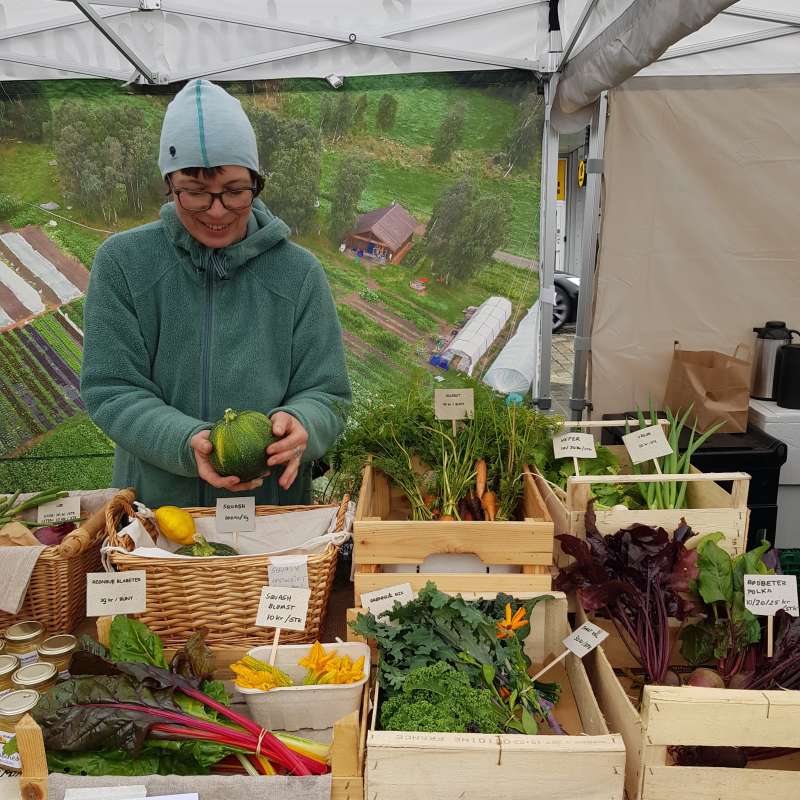Jørund Johansen
Research Scientist
(+47) 994 93 343
jorund.johansen@nibio.no
Place
Bergen
Visiting address
Thormøhlensgate 55, 5006 Bergen
To document
Authors
Fride Høistad Schei Mie Prik Arnberg John-Arvid Grytnes Maren Stien Johansen Jørund Johansen Anna Birgitte Milford Anders Røynstrand Mari Mette TollefsrudAbstract
No abstract has been registered
Abstract
No abstract has been registered
Abstract
No abstract has been registered

